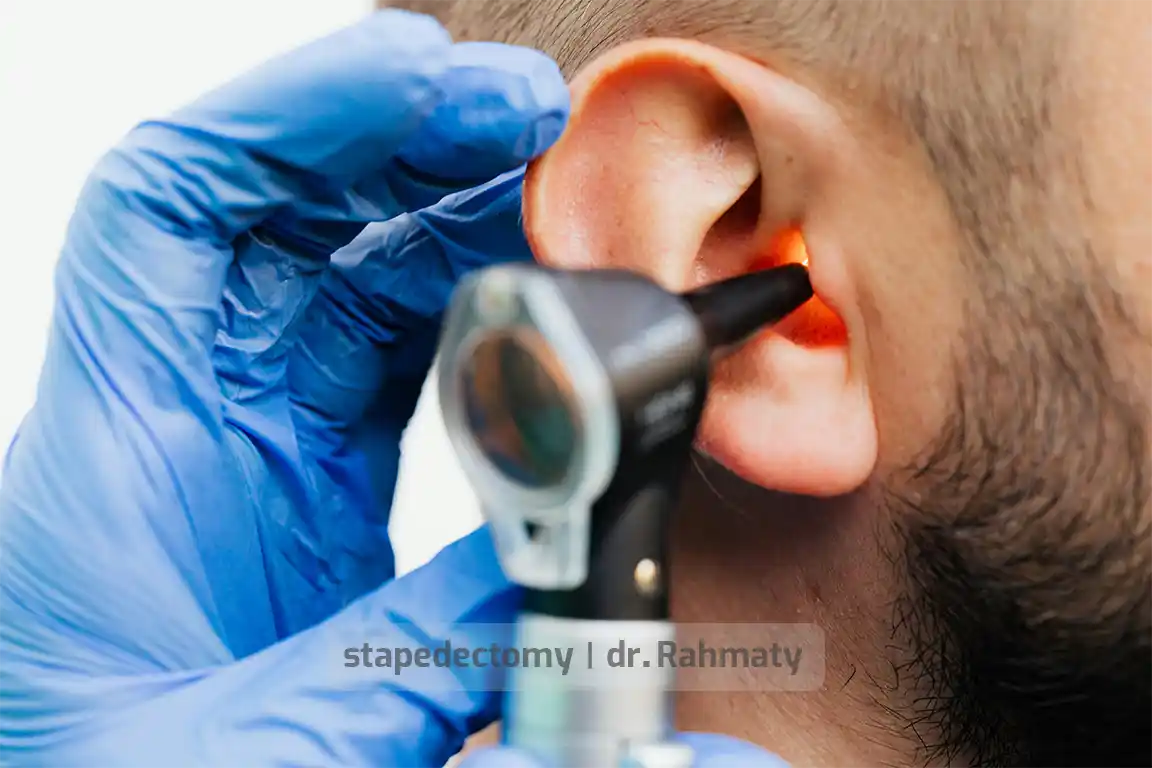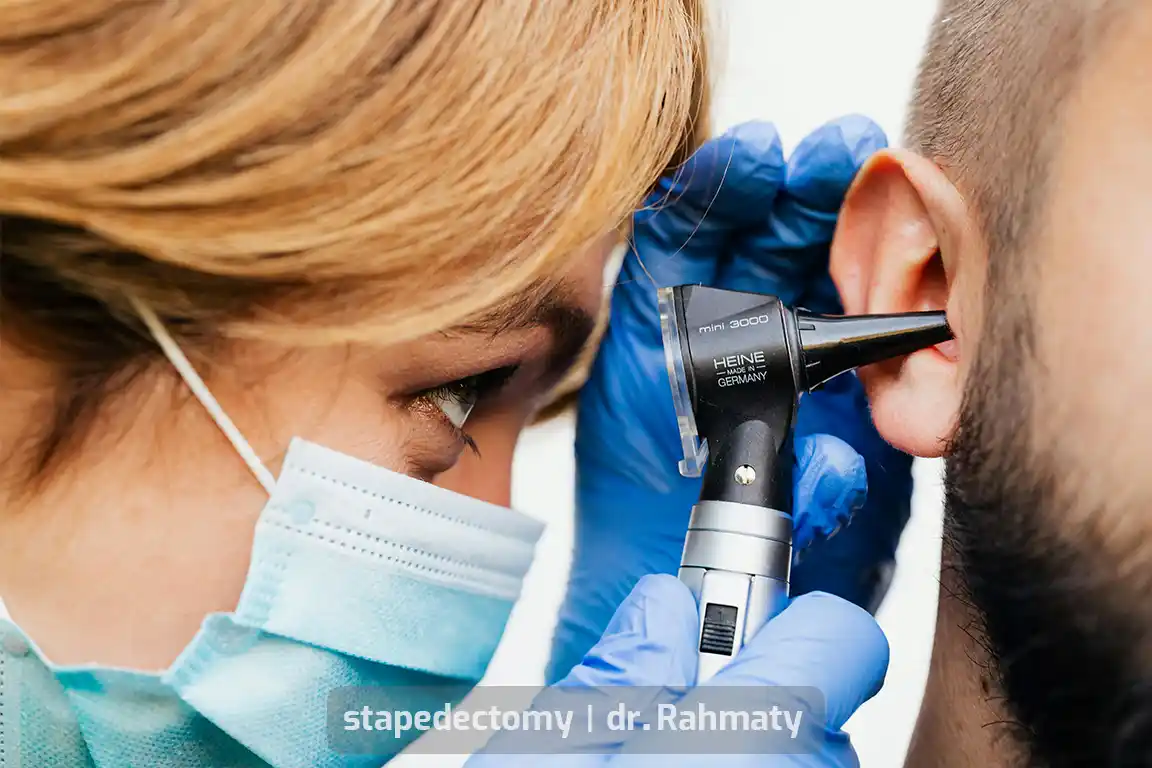Stapedectomy: A Precise Solution for Restoring Hearing
Stapedectomy is a specialized ear surgery performed to treat hearing loss caused by a condition known as otosclerosis. Otosclerosis is a bone disorder where abnormal bone growth prevents the stapes bone in the middle ear from vibrating properly, leading to conductive hearing loss. During a stapedectomy, the surgeon removes the immobilized stapes bone and replaces it with a prosthesis to restore the patient’s hearing.
Who Are Candidates for This Surgery?
Stapedectomy is typically recommended for patients who meet the following criteria:
Progressive hearing loss due to otosclerosis
Poor response to hearing aids or preference to avoid them
Stable overall health, as the procedure requires anesthesia
Although most patients are adults, younger individuals may also qualify depending on their diagnosis and personal needs.
How Is a Stapedectomy Performed?
The key steps of the stapedectomy procedure include:
Preparation and Anesthesia: Patients receive local or general anesthesia to ensure comfort throughout the surgery.
Accessing the Middle Ear: A small incision is made through the ear canal to reach the stapes bone, leaving no visible scarring.
Removal of the Stapes Bone: The stapes is carefully perforated using precision instruments to preserve surrounding structures and reduce risks.
Prosthesis Placement: A stapes prosthesis made from biocompatible materials such as titanium or Teflon is placed where the original bone was, enabling sound vibrations to be effectively transmitted to the inner ear.
Postoperative Care: After surgery, patients usually require a brief recovery period and should avoid activities that may interfere with healing, such as heavy lifting or flying.
What Are the Benefits of This Surgery?
For individuals with conductive hearing loss due to otosclerosis, stapedectomy can significantly improve hearing and offer similar results to hearing aids—without the need for an external device. Benefits include:
Long-term hearing improvement
Enhanced quality of life
Better communication and social interaction
Risks and Considerations of Stapedectomy
Like any surgical procedure, stapedectomy carries some risks, such as:
Temporary dizziness or balance issues
Altered taste sensation due to nearby nerves (rare)
In very rare cases, permanent hearing loss
Your surgeon will discuss these risks with you during the consultation and use appropriate techniques to minimize them.
Recovery Period and Aftercare
Most patients can expect a recovery period of several weeks, during which they should:
Avoid forceful nose blowing
Keep the ear dry and away from water
Refrain from strenuous activities
Follow-up appointments allow the surgeon to monitor healing and adjust care as needed.
Success Rate of Stapedectomy
Stapedectomy has a high success rate, with about 90% of patients experiencing significant hearing improvement. The results can last for decades, although some individuals may eventually need further interventions or hearing aids if hearing changes over time.
Conclusion
Stapedectomy is a life-changing option for those struggling with hearing loss due to otosclerosis. With a high success rate and the potential to restore hearing in the long term, this procedure offers a powerful solution for individuals seeking to regain their hearing and improve their quality of life.
If you’re interested in learning more about ear-related surgeries, you can also read our article on tympanoplasty (surgical repair of a perforated eardrum).
To explore whether this advanced technique is right for you, feel free to book a consultation with Dr. Benyamin Rahmati.
Don’t forget to follow Dr. Benyamin Rahmati’s Instagram page for the latest updates, case studies, and modern techniques in ear surgery.




